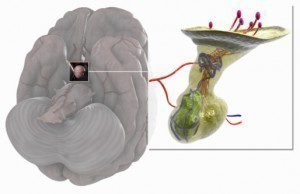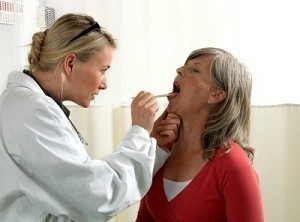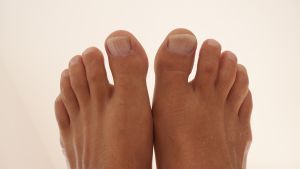Symptoms of Down Syndrome
Down Syndrome is a condition that occurs due to the presence of an extra 21st chromosome. It is named after the British physicist, John Langdon Down. Down Syndrome can be detected through a series of screenings and tests, performed before child birth. However, it is not possible to predict how these complications will develop, after the birth of the child. People with Down Syndrome can encounter cognitive and physical disabilities and their problems can range from mild to severe, but having said that, with proper education, medical treatment and aid and love of a supportive family, they can be enabled to lead a productive and happy life.
Causes of Down Syndrome
Down Syndrome is caused due to an abnormality in the process of cell division. The cells in our body contains genetic information and these genes are usually grouped along chromosomes in the center or nucleus of the cells. Each cell usually contains 46 chromosomes, 23 from the mother and 23 from the father. When a person’s cells have some or a partial copy of the 21st chromosome, it results in Down Syndrome.
Trisomy 21: A condition where the individual has 47 chromosomes instead of the normal 46 is called Trisomy 21. Before or during conception, an error known as disjunction can occur in the process of cell division, which results in a sperm or egg cell having an extra copy of chromosome 21.
Mosaic Down Syndrome: Mosaic Down Syndrome is a condition which occurs when some cells of the body contain normal chromosomes while others contain Trisomy 21.
Robertsonian Translocation Down Syndrome: Robertsonian Translocation Down Syndrome occurs when in the process of cell division, a part of chromosome 21 breaks and attaches itself to another chromosome, usually chromosome 14. Down Syndrome is caused due to the presence of this extra portion of chromosome 21. People with this type of Down Syndrome have a normal physical appearance but they are more likely to produce a child with an extra chromosome 21.
Symptoms of Down Syndrome
The following are some of the signs and symptoms of Down Syndrome.
- microgenia or abnormally small chin
- eyes that are slanted upwards due to the presence of the epicanthic skin fold present in the inner circle of the eyes
- white spots on the iris also called Brushfield Spots
- flattened nose
- protruding tongue
- low muscle tone, shorter limbs
- gap between big toe and second toe
- short neck and generally, small structure
- fifth finger has a single, flexion furrow
The cognitive disability of an individual with Down Syndrome can range from mild to moderate. Children with Down Syndrome sometimes have a delay in the development of their fine motor skills and gross motor skills. They may also have a delay in developing speech and require the assistance of a speech therapist. These conditions are variable and the developmental delays vary from one child to another.
Treatment of Down Syndrome
Down Syndrome does not have a permanent cure but extensive research is being done on it to try and discover treatment solutions. The anomalies related to cardiac and gastronomical issues can be corrected using surgery, soon after birth. For visual and hearing related problems, issues concerning thyroid and other medical conditions connected with Down Syndrome, regular screening will have to be conducted.
In order to cope with developmental disabilities and cognitive impairment, there are several options used such ad occupational therapy, speech therapy and physical therapy.The development of gross motor skills can be aided by using a physical therapy or by participating in a program for Adapted Physical Education (APE). A speech therapist can assist and guide the patient to learn to use expressive language and improve communication.
It is absolutely essential to educate ourselves properly with regard to the correct facts about Down Syndrome. Even though it does not have a permanent cure, with the love and help of a supportive and understanding family and with the aid of a more sensitive society, it is very much possible for Down Syndrome patients to lead a full and productive life.
Additional Information on Down Syndrome
For more information on the symptoms Of Down Syndrome, you can also read:






